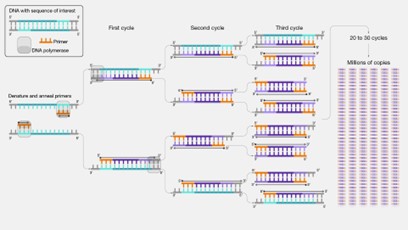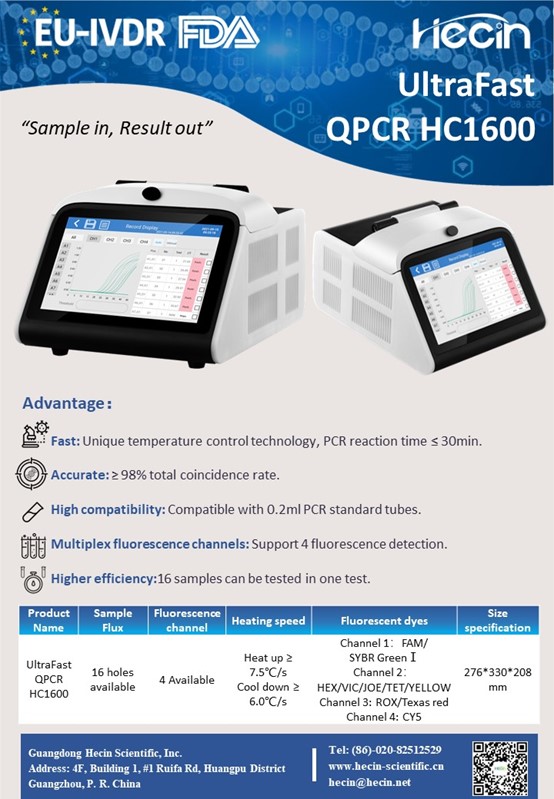What Is PCR and Why Is It Important?
 PCR, or polymerase chain reaction, is a technique used to amplify DNA sequences. It was first developed in the 1980s by Kary Mullis, who was awarded the Nobel Prize in Chemistry in 1993 for his work. PCR has revolutionized molecular biology, enabling researchers to amplify DNA from small samples and study it in detail.
PCR, or polymerase chain reaction, is a technique used to amplify DNA sequences. It was first developed in the 1980s by Kary Mullis, who was awarded the Nobel Prize in Chemistry in 1993 for his work. PCR has revolutionized molecular biology, enabling researchers to amplify DNA from small samples and study it in detail.

PCR is a three-step process that takes place in a thermal cycler, a machine that can rapidly change the temperature of a reaction mixture. The three steps are denaturation, annealing, and extension.
In the first step, denaturation, the double-stranded DNA is heated to a high temperature (usually around 95°C) to break the hydrogen bonds that hold the two strands together. This results in two single-stranded DNA molecules.
In the second step, annealing, the temperature is lowered to around 55°C to allow the primers to anneal to the complementary sequences on the single-stranded DNA. Primers are short pieces of DNA that are designed to match the sequences of interest on the target DNA.
In the third step, extension, the temperature is raised to around 72°C to allow the Taq polymerase (a type of DNA polymerase) to synthesize a new strand of DNA from the primers. The Taq polymerase is derived from a bacterium that lives in hot springs and is able to withstand the high temperatures used in PCR.

After one cycle of PCR, the result is two copies of the target DNA sequence. By repeating the three steps for a number of cycles (typically 30-40), the number of copies of the target DNA sequence can be increased exponentially. This means that even a tiny amount of starting DNA can be amplified to produce millions or even billions of copies.
PCR has numerous applications in research and diagnostics. It is used in genetics to study the function of genes and mutations, in forensics to analyze DNA evidence, in infectious disease diagnosis to detect the presence of pathogens, and in prenatal diagnosis to screen for genetic disorders in fetuses.
PCR has also been adapted for use in a number of variations, such as quantitative PCR (qPCR), which allows the amount of DNA to be measured and reverse transcription PCR (RT-PCR), which can be used to amplify RNA sequences.

Despite its many applications, PCR does have limitations. It requires knowledge of the target sequence and the design of appropriate primers, and it can be prone to error if the reaction conditions are not optimized correctly. However, with careful experimental design and execution, PCR remains one of the most powerful tools in molecular biology.






